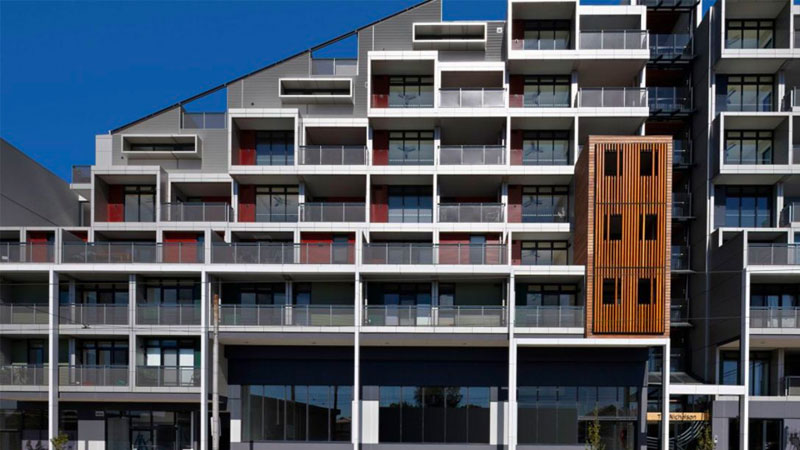Rental Affordability Highest in 13 Years: REIA
Rental affordability has improved to its best result in more than a decade, driven by coronavirus-induced rent reductions, according to the latest quarterly report from the Real Estate Institute of Australia.
Most states and territories saw improvements in rental affordability during the June quarter, with only the Australian Capital Territory having experienced an increase in rents.
The proportion of income required to meet rent payments decreased to 23.3 per cent in the quarter, a decrease of 0.4 percentage points over the quarter and down 0.5 percentage points compared to the same time last year, analysis reveals.
“Rental affordability has not been this high since December 2007, a positive for renters in these Covid times,” REIA president Adrian Kelly told The Urban Developer.
“Even though the family income only increased 0.1 percentage point during the period, the average loan repayment decreased 0.6 percentage points through a drop in the average variable standard interest rate.”

Since the closure of Australia’s international borders in March, soaring vacancies and widespread rental discounting has placed downward pressure on rents.
The rental market has also been awash with Airbnb listings as a result of the travel ban, while online-only learning has pushed thousands of students to forgo rental accommodation and return home.
Inner-city markets in Sydney and Melbourne have been the most heavily affected due to the service economy downturn, as people working in industries hardest hit by Covid-19 were also most likely to rent.
New South Wales saw median rents remain stable across the June quarter at 27.5 per cent of income, the nation’s highest, but decreasing 0.5 percentage points compared with the corresponding quarter 2019.
In Victoria, where a rise in unemployment, job uncertainty and a fall in consumer confidence continues in the wake of a second lockdown, the proportion of income required to meet median rent decreased to 22.5 per cent—a decrease of 0.5 percentage points both over the quarter and the previous year.
Proportion of family income needed to meet rent
| Year | Jun qtr 2020 | Mar qtr 2020 | Jun qtr 2019 |
|---|---|---|---|
| NSW | 27.5% | 27.5% | 28.0% |
| VIC | 22.5% | 23.0% | 23.0% |
| QLD | 21.5% | 22.0% | 21.9% |
| SA | 21.5% | 22.5% | 22.0% |
| WA | 16.1% | 16.6% | 16.4% |
| TAS | 28.5% | 30.5% | 29.9% |
| NT | 20.2% | 20.6% | 20.2% |
| ACT | 19.2% | 19.0% | 18.9% |
| National | 23.3% | 23.7% | 23.8% |
^ Source: Real Estate Institute of Australia
The proportion of income required to meet rent also declined in South Australia, Western Australia, Tasmania and Queensland.
The ACT was the only state to record an increase in the proportion of income required to meet the median rent, lifting to 19.2 per cent—an increase of 0.2 percentage points over the quarter—supported by the high proportion of government workers.
“It is likely that pressure will continue to be placed on rental returns over the next six to nine months, but the good thing about this pandemic is that we know it will come to an end,” Kelly said.
“The pressure on rents is intrinsically connected to employment, and we will see pressure rise in the short-term as government assistance is wound back, but thankfully the high levels of unemployment that were touted hasn’t happened.
“Once the pandemic is under control, domestic tourism will have a big part to play in employment returning to healthier levels which in turn will stabilise the markets.”
Separate figures from Corelogic painted a similar picture, reporting a fall in capital city rents of 0.7 per cent over the June quarter, while regional rental prices lifted by 0.2 per cent.
Corelogic found that the Hobart rental market experienced the largest value falls in the June quarter at 2.3 per cent, followed by Sydney at 1.3 per cent which remained the more expensive in terms of median asking rents, at $568 per week.















